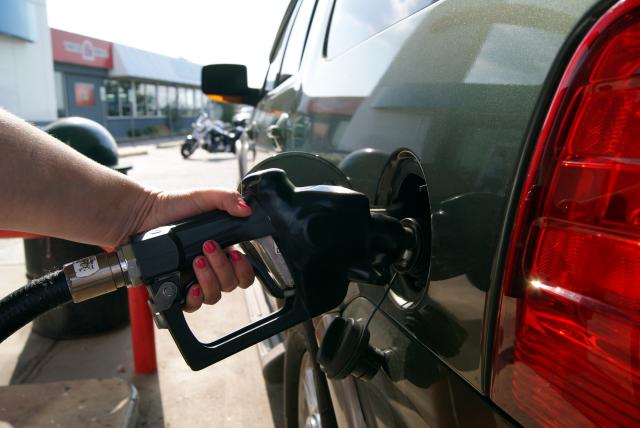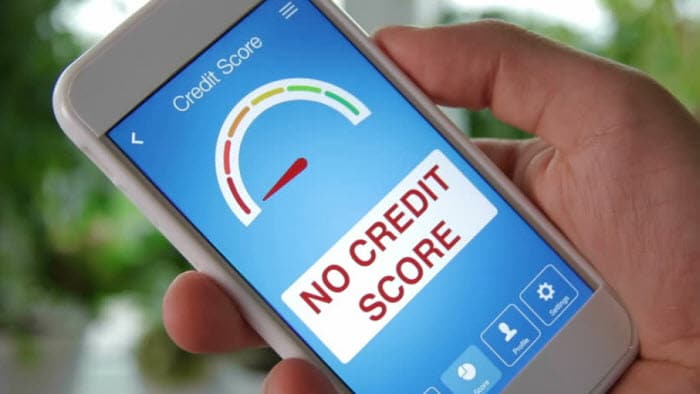
The choice of whether to go for gas credit cards or use other financial tools at the pump is not an easy one. This cashless system is marketed as a convenient and easy way to fuel your car. That said; there are high rates and other limitations to contend with. To help you make an informed decision, here are the pros and cons of using gas credit cards.
Pros
Discounts on Purchases
One of the driving factors of having a gas credit card is the discounts associated with their use. With most of these cards, you get to pay less per gallon than the fuel pump price. Considering the ever-increasing gas prices, this discount can go a long way in saving you money which can go towards other purchases.
These programs are structured in a way that you get larger discounts during the first few months after card issuance. For example, the ExxonMobil fuel card offers 30 cents off per gallon for the first 2 months (6 cents off after the first two months) and $6 cashback if you pay through their app 3 times.
Accumulating Reward Points
Another incentive to using a fuel card is the reward program. These are points per gallon that you accumulate with each gas purchase. A typical reward of 1 point per gallon gives the average American driver about 540 points yearly. This calculation is based on an estimate of 25 Miles/Gallon and 13,476mi which is the average annual miles per driver. Reward points can be redeemed once they accumulate to 100 and over. These can be used for gas or other needs like snacks and carwashes at select businesses.
A Hassle-free and Convenient Payment System
When using cash, you have to line up at the till to pay for gas. This can lose you precious time from your busy life. However, with a gas card, all you need is to pull up at the gas station, fuel, and swipe at the pump, and in a few minutes, you are back on the road.
Another plus of using a gas card is the convenience that it offers. This comes in handy because you may not always have the cash to fuel your car. Just like other credit cards, you get billed at the end of the month for your purchases. This helps you in keeping track of your gas bill; essentially making you stick to your budget.
Cons
High-Interest Rates
One of the major disadvantages of using a gas credit card is the high-interest rates that they attract. On average they charge 24% on interest. That is 9 percent more than the average rate for all credit cards which is currently at 15% APR. A card whose balance is not cleared at the end of the month can end up accruing a sizable debt. This may be much more than the discounts and rewards can make up for.
Simply put, continued misuse of the card can lower your credit score. One way to mitigate this is going for cards with a 0% introductory offer. This will at least cushion you for a few months as you get your gas budget in order.
Ease of Spending
When using cash, you can’t gas your car with more than what is in your wallet. A gas card on the other hand eliminates this ‘inconvenience’. However, the card can lead to uncontrollable spending with total disregard for your budget.
Think of it this way; without gas money, you will probably have to do with public transport. This will unconsciously save you money when you are cash-strapped. But why would you go through the hassle if that small plastic card can fill up your tank?
Usage Limitations
If you depend on your credit card for all your fueling, you may find yourself with fewer options on where to buy. This is because the cards are mostly issued by gas stations to be used in their own branded outlets. This puts you at a disadvantage if you move or drive to a state where the brand doesn’t operate or has fewer stations.
Bottom Line
Gas credit cards are a convenient way of fueling your car. They come with reward points and can save you money via their discount programs. The advantages can however be diminished by high-interest rates and the danger of overspending. It is therefore advisable to weigh both the pros and cons before you make your decision.



